|
This material is prepared for the needs of Output 1 of the SMART project and is based on the market study conducted by the Cluster Sofia Knowledge City in 2019, supported by some of the members of the SMART project team at that time. By smart city technologies are meant those technologies that refer to the concept of a smart city, most often these are digital and/or data-based technologies that are applicable in the real conditions of the city and contribute to the city's coping with public problems or challenges. In smart cities, these technologies are used to develop "critical infrastructure" in the following areas: transport, water and waste management, construction, energy, security, education, health, and urban management. The following areas of application of these technologies are presented below. All of them are known cumulatively in most of the smart cities around the world, which are at different stages in the process of transformation. This list does not represent all areas of application at all and is only an introduction for a better understanding of the way and reasons for the penetration of these technologies. Smart Transport
Smart Water & Waste Management
Smart Construction
Smart Energy
Smart Security
Smart Education
Smart Healthcare
Smart City Management
|
AuthorSmart by Design Archives
September 2021
Categories
All
|
|
The SMART by Technologies Design project [SMART by Design] Project No. 2019-1-BG01-KA202-062298 has been co-funded by the Erasmus+ Programme of the European Union.
This website reflects the views only of the author, and the European Commission cannot be held responsible for any use which may be made of the information contained therein |
SMART BY DESIGN |
SUPPORT |
Copyright ®2020 SMART BY DESIGN. All rights reserved.
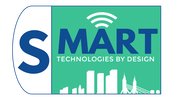


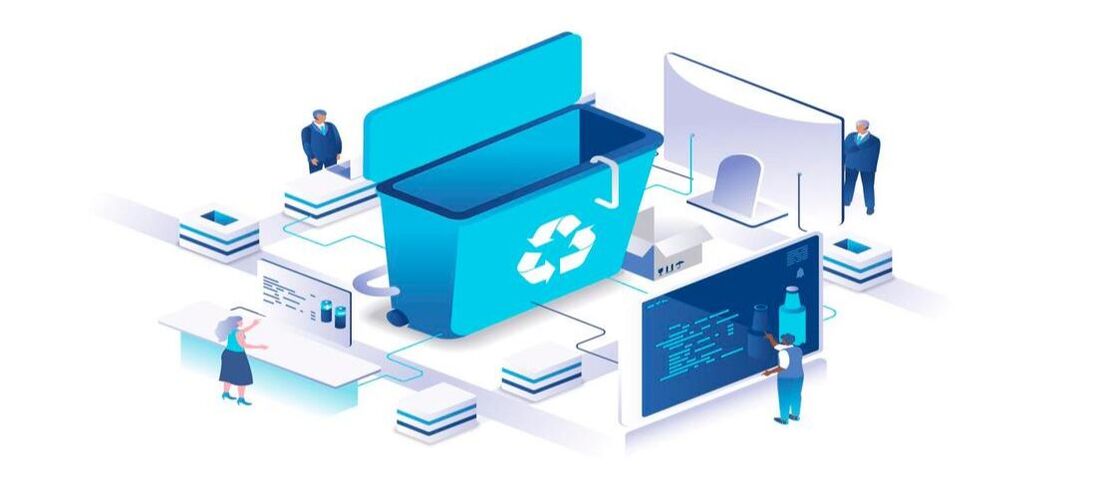
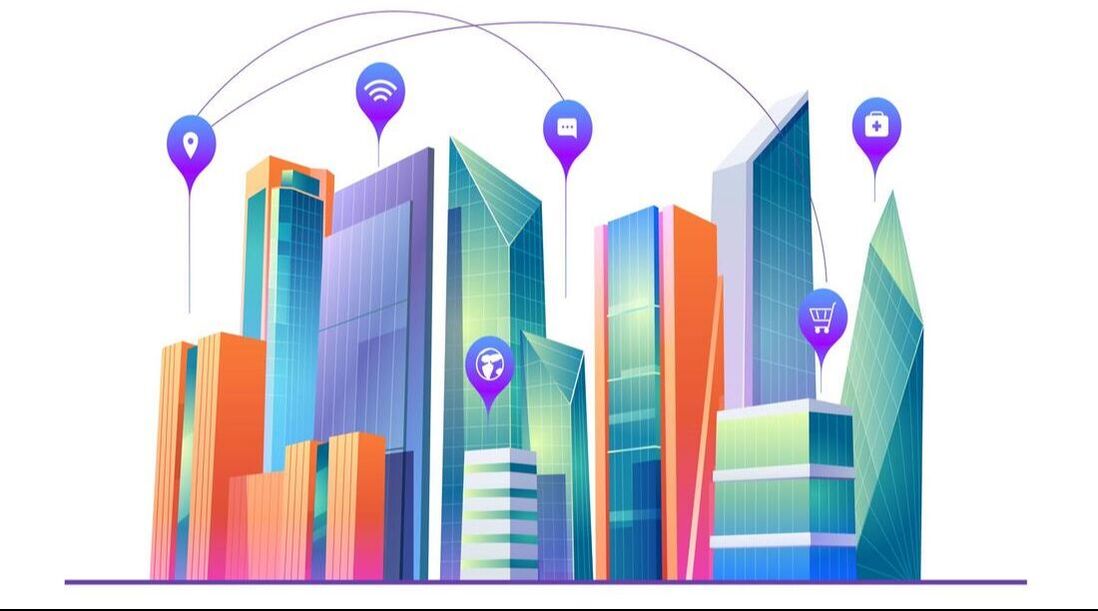
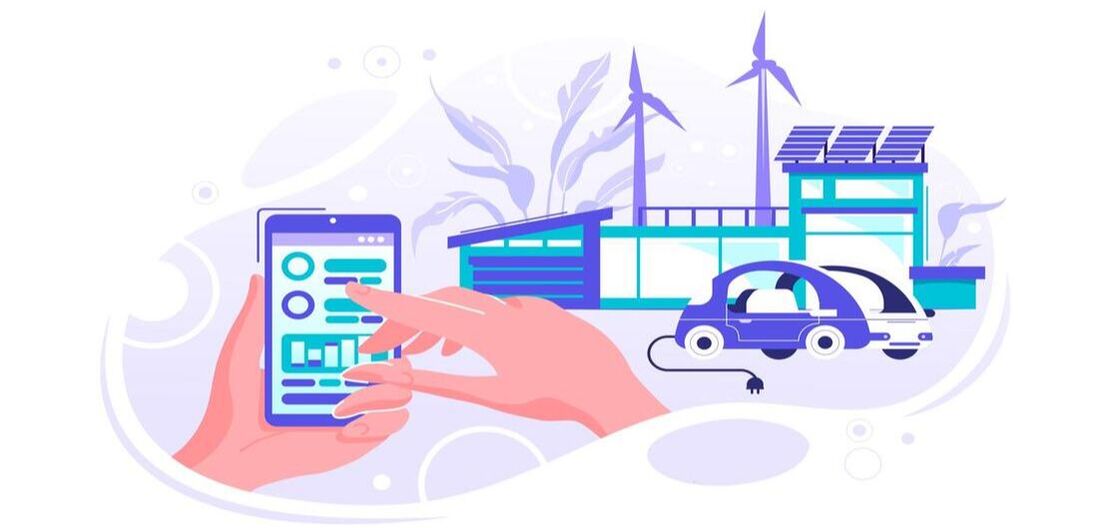
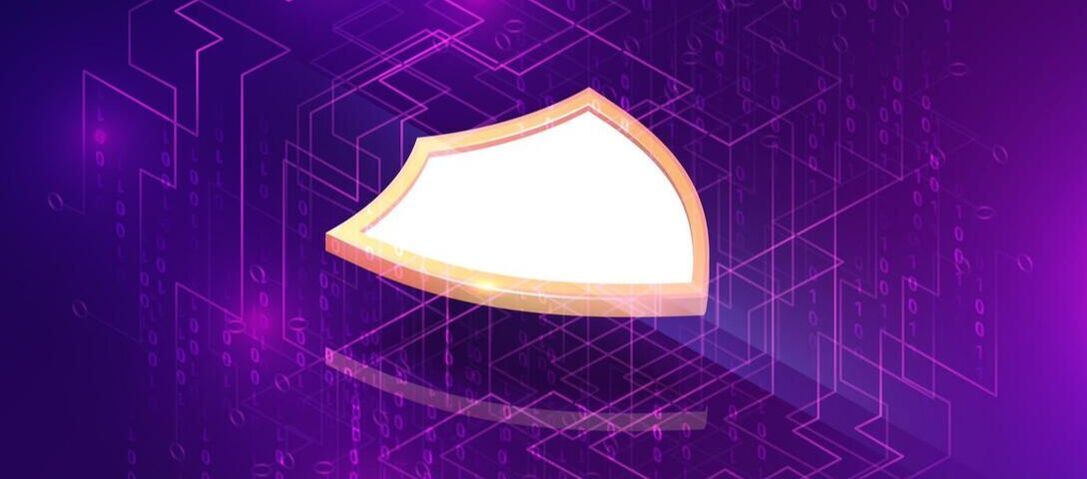
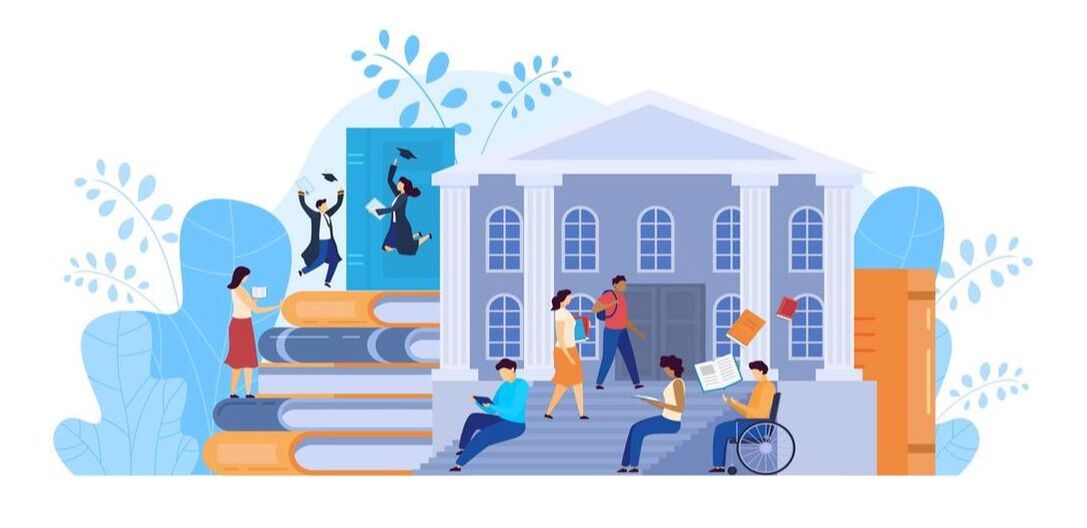

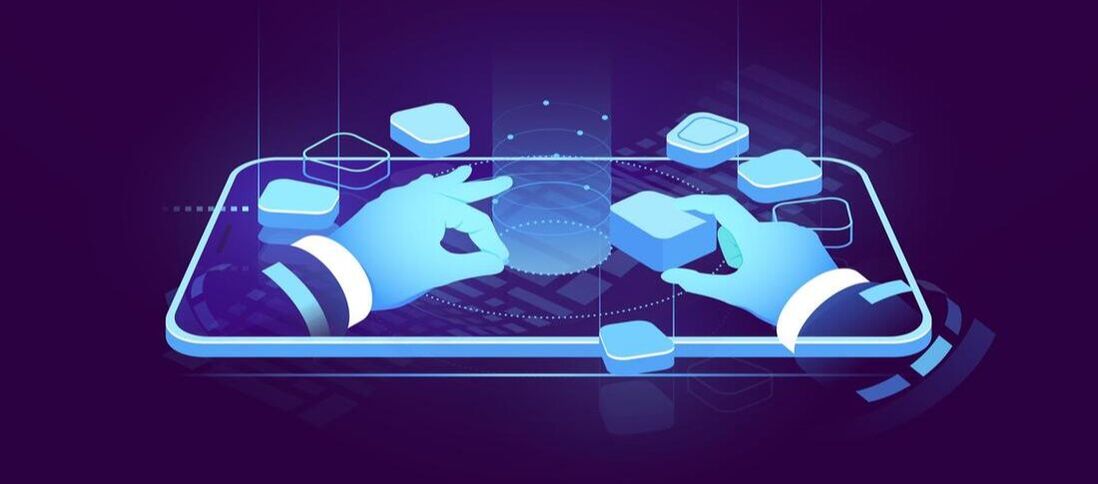
 RSS Feed
RSS Feed
